hackberry tree leaves turning black
Dead branches and twigs often first observed in early spring when no leaves form. Circular nipple-like swellings that project from the undersides.
Or wilting soon after leaves emerge in spring.
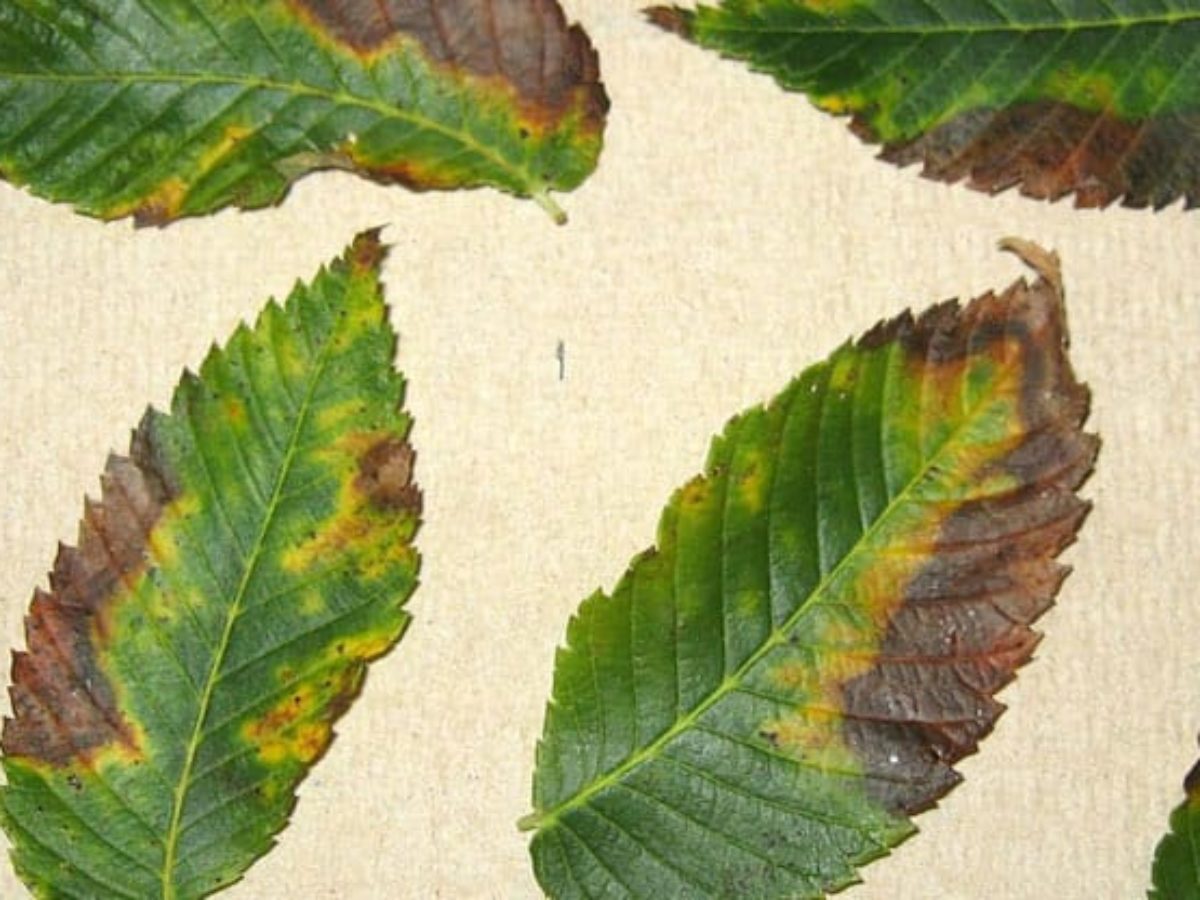
. Sunken dark brown area on branch that is often cracked or has a ridge at the edge. 28 Votes Heat and drought stress will cause the tree to lose leaves that it cannot support with the available soil moisture. Premature leaf drop can occur during heavy infestations.
The hackberry is also known for its distinctive bark surface which has a corky texture with warts at the base and is often described as stucco-like. While the galls cause no permanent damage they cause trees to begin shedding their leaves in late summer or early fall. When I see black soot on certain plants that are not prone to any specific insect I always ask whats above this plant.
It has branches that grow close to the ground and it has leaves that are shaped like. The hackberry tree is a deciduous tree that grows in North America. The leaves are distinctly.
Hackberry has unremarkable small green drooping flowers. Yellow discolorations on upper leaf surface above the nipple galls. Sunken dark brown area on branch that is often cracked or has a ridge at the edge.
18th to 316th long. The aphids infest the lower sides of leaves in large numbers creating small globs of fuzzy mass. The bark is grayish and warty with cork-like ridges.
The hackberry trees leaves change color in the fall turning yellow before falling off of the tree. During spring and summer the females will reproduce asexually. Adults are light brown with flecks of creamish-white and look like miniature cicadas.
Winged forms may also be observed and wings have obvious black markings on them. This black sticky substance covers the hackberry tree and it can cover any plant or object underneath it. Trees most commonly affected are hackberry sycamore and oak.
Another name for Celtis laevigata is southern hackberry. They feed on sap and produce large amounts of honeydew which can in turn cause problems with black sooty mold growth. The insects feed on the sap from the leaves and secrete sticky honeydew that in turn encourages the growth of black sooty fungus on infested tree areas.
Dead branches and twigs often first observed in early spring when no leaves form. The underside of heavily infested leaves will be speckled with small black shiny varnish spots excrement. They overwinter as eggs on the tree and emerge in the spring with new leaf growth.
Sugarberry trees grow between 50 and 70 ft. Certain trees such as hackberry can drop all of the leaves and enter summer dormancy. Lace bugs are sap feeding insects commonly found on the leaves of shade and ornamental trees in Iowa.
Raised cushion-like bumps on affected branches may be cream to orange or red turn black with age. 10 24 m wide. Some Hackberry produces striking black lines that provide a stunning contrast.
Hackberries are common in urban areas because they grow quickly and establish well and are relatively tolerant of urban conditions. Also called the sugar hackberry the sugarberry tree is a native medium-sized tree with pointed leaves small clusters of greenish flowers and reddish-purple edible fruit. Its attractive serrated leaves range from dull green to glossy and have unequal bases and tapered ends.
In the fall months the leaves will turn into a bland yellowish color before falling off. Many will land on lower leaves but washing will remove them to the ground. As a result a black mold known as sooty mold covers the leaves stems and possibly the bark of the tree.
Adult lace bugs have attractive wings that are beautifully sculptured with an intricate pattern of veins resembling. Female flowers develop into green berry-like drupes that turn dark black in the fall. Dead branches and twigs often first observed in early spring when no leaves form Or wilting soon after leaves emerge in spring Sunken dark brown area on branch that is often cracked or has a ridge at the edge Raised cushion-like bumps on affected branches may be cream to orange or red turn black with age.
Raised cushion-like bumps on affected branches may be cream to orange or red turn black with age. More information on Hackberry nipple. Lace bugs feed on the underside of the leaves.
The leaves will stay on the ground for about 2 weeks before decomposing into nutrients for other plants to use. 15 21 m tall and 30 to 80 ft. The foliage of trees infected with armillaria mellea starts to discolor and drop prematurely.
The browning of the hackberry Celtis occidentalis leaves is probably due to lace bugs. Or wilting soon after leaves emerge in spring. This will also reduce the damage being done to the tree.
Leaves that drop are most often yellow with no discernible disease spots. Spalted Hackberry Celtis occidentalis is a medium-size deciduous tree native to North America. Also known as American hackberry common hackberry Celtis occidentalis is a fast-growing member of the elm family.
Another key feature of the hackberry is its bark -- the young bark is smooth and light greyish-brown in colour and matures into a darker greyish-brown colour with corky irregular ridges and a warty texture. 465 75 Views. These edible fruits which have a flavour similar to dates mature to a purple-black colour in the early fall and persist on the tree throughout the winter.
Also hackberry trees provide an abundance of black fruits that are great. They pierce the leaf epidermis with their sucking mouthparts and cause the characteristic pale yellow scorched or bleached discoloration on the upper leaf surfaces. Also known as the Nettletree or Beaverwood it is a moderately long-lived hardwood with a light yellowish gray to light brown color with yellow streaks.
You may not be able to reach the top of an 80-foot-tall tree without a power washer or commercial spray device but even if you dont reach the top of the tree you can reduce the severity of the problem.

Northern Hackberry Real Paleo Food Four Season Foraging
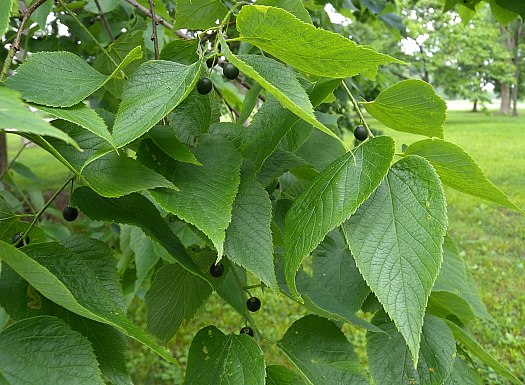
Common Hackberry Celtis Occidentalis
Common Hackberry Celtis Occidentalis

Hackberry Trees The Garden Bench
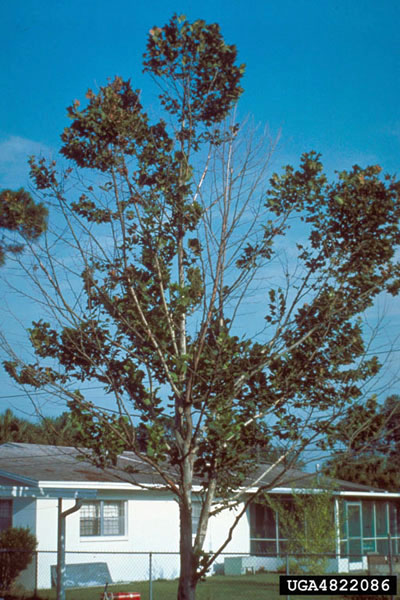
What S Wrong With My Plant Garden University Of Minnesota Extension
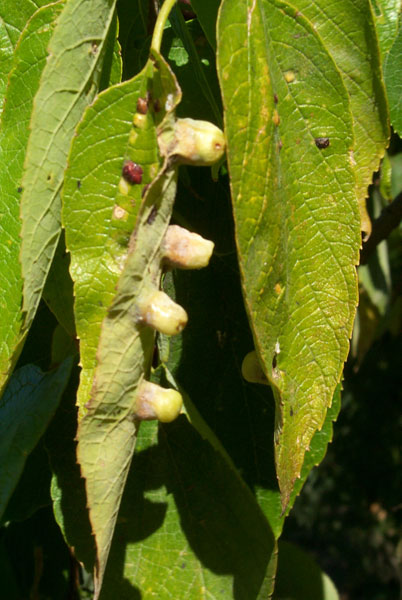
What S Wrong With My Plant Garden University Of Minnesota Extension

Hackberry Trees Of Manitoba Inaturalist

Hackberry Trees Of Manitoba Inaturalist

Brown Dying Or Scorched Tree Leaves Bacterial Leaf Scorch Faqs Organic Plant Care Llc Flemington Nj
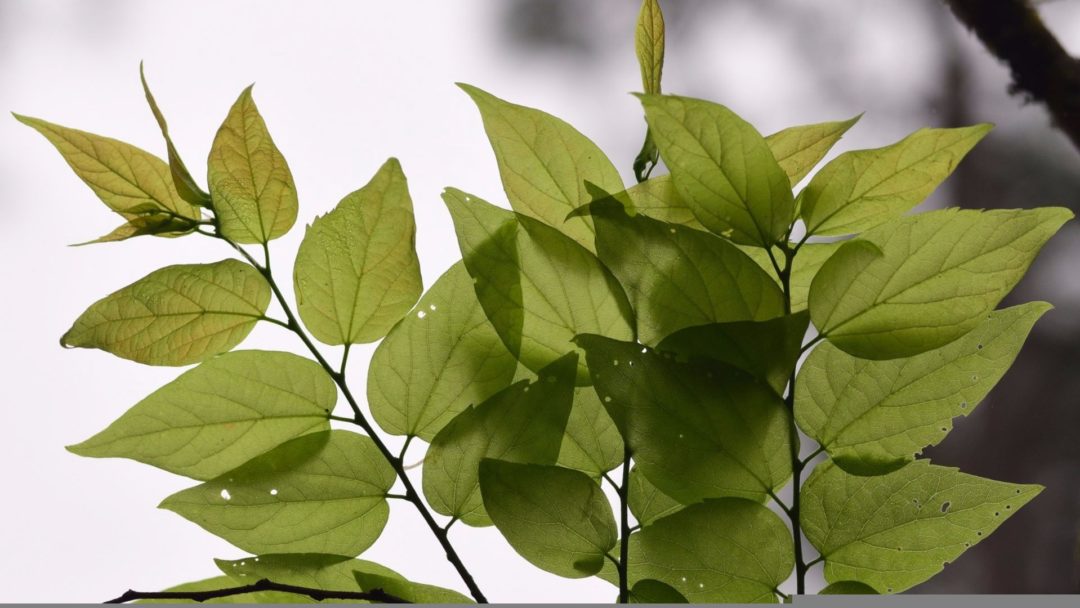
Hackberry One Tough Tree Arbor Day Blog
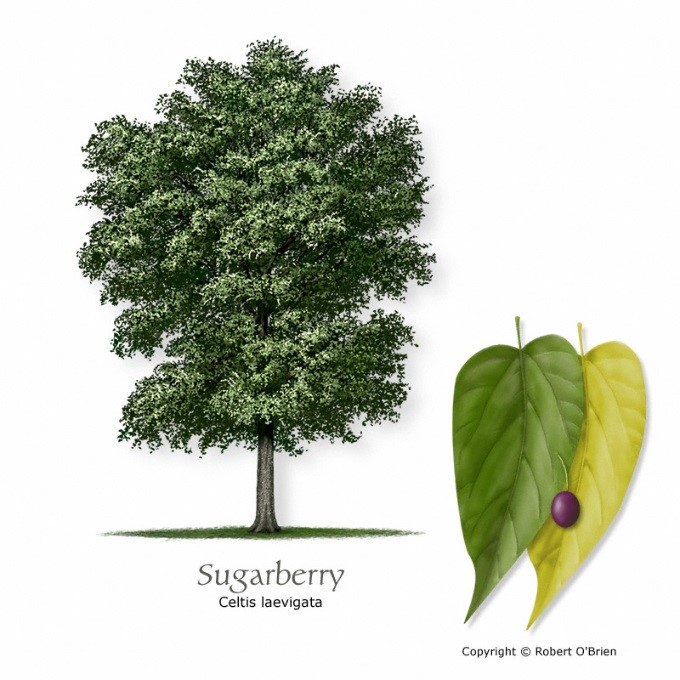
Species Spotlight Celtis Laevigata Sugarberry Austintexas Gov
A Sticky Situation On Hackberry Trees Pests In The Urban Landscape Anr Blogs

What S Behind That Black Sticky Substance From Your Hackberry Tree

Hackberry Tree On The Tree Guide At Arborday Org

Ut Tsu Extension Davidson County Hackberry Trees Turning Black Since The Beginning Of The Year 2000 The Majority Of Exotic Insect Pests That Have Been Introduced Into The United States Have

What S Wrong With My Plant Garden University Of Minnesota Extension



